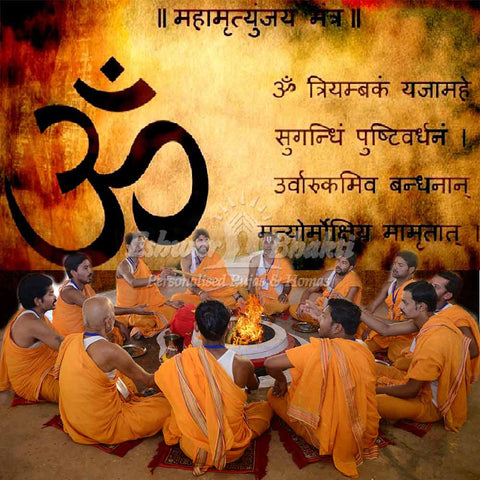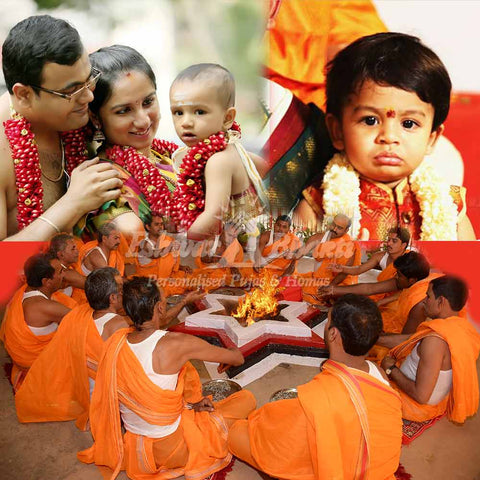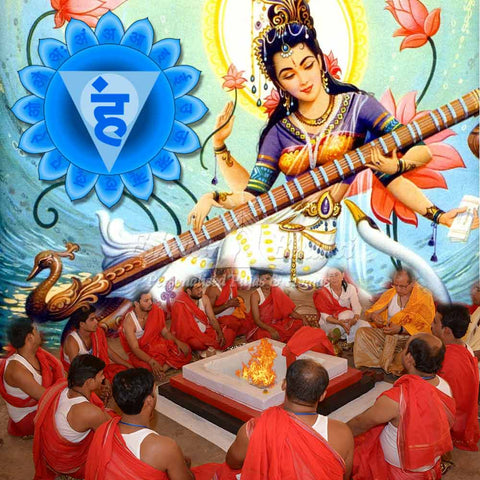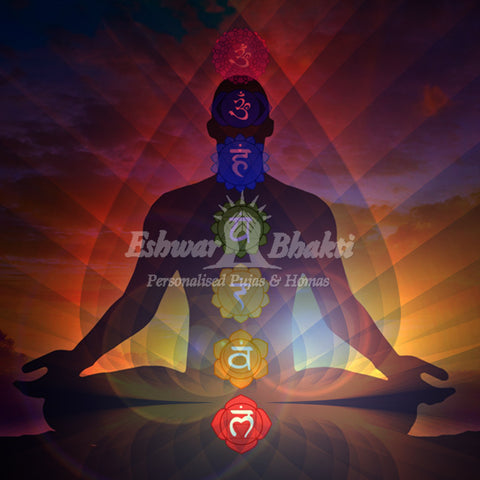Sheetala Ashtami
 Sheetala Ashtami also called Basora puja or Basoda puja (meaning previous night) is celebrated on the eighth day (Ashtami) after the festival of colors, Holi. It is a Hindu festival celebrated in honor of the goddess Sheetala or Shitala. As per the Hindu calendar, Sheetala Ashtami takes place on the eighth day of Krishna Paksha (the waning moon) in the Hindu month of Chaitra or Phalguna. On this auspicious day, devotees worship Sheetala Mata, an incarnation of Goddess Durga, the one who saves people from various diseases like chicken-pox, smallpox, measles, and other heat-borne diseases.
Sheetala Ashtami also called Basora puja or Basoda puja (meaning previous night) is celebrated on the eighth day (Ashtami) after the festival of colors, Holi. It is a Hindu festival celebrated in honor of the goddess Sheetala or Shitala. As per the Hindu calendar, Sheetala Ashtami takes place on the eighth day of Krishna Paksha (the waning moon) in the Hindu month of Chaitra or Phalguna. On this auspicious day, devotees worship Sheetala Mata, an incarnation of Goddess Durga, the one who saves people from various diseases like chicken-pox, smallpox, measles, and other heat-borne diseases.
Many idols and images of the Goddess show her with either four or two hands. When depicted with four hands, she holds a short broom, a fan, neem leaves, and a Kalash (pot). And depicted with two hands, she holds a short broom in one hand for cleaning off the viruses and germs, and a Kalash with GangaJal in the other hand for purification. Besides these, her vehicle is a donkey. Goddess Sheetala blesses her devotees and wards off all kinds of heat-generated diseases or ailments.
As per the tradition. devotees do not light fire on this holy day to cook food, and hence, they eat food items prepared on the previous day. Moreover, they prepare a special dish made of rice and jaggery or sugarcane juice on Saptami Tithi (previous day) to offer as Naiveidhya prasada.
How to perform Sheetala Ashtami Puja?: The festival of Sheetal Ashtami falls at the beginning of the summer season during the month of March-April. The major festivity is observed in the northern and western villages and primarily in the areas of Haryana, Uttar Pradesh, Rajasthan, and Gujarat. In Southern India, the deity is worshipped with a different name as ‘Goddess Mariamman’ or ‘Goddess Poleramma’.
• A devotee must wake up early in the morning and take a cold-water bath before sunrise. Then visit the temple of the Sheetala Mata to perform the rituals.
• Offer a Diya (lamp) made with wheat flour dough but do not light the lamp.
• Then offer sindoor, Mehendi, Haldi, flowers, paan supari, currency coins, coconut with its husk, bananas, and sweets.
• Then prepare the thalis with Naivedhya (food prepared a day before because no fire is burnt at home on that day) for the puja and also fill water in a Kalash (pot).
• Chant mantras and offer prayers to seek her blessings and request her to accept your sincere prayers and offerings.
• Sit in front of the idol and do dhyana or meditation.
• Perform the aarti and offer flowers to conclude the puja and then distribute the prasad to all family members.
• A devotee must not observe a fast on this day and should eat only the Prasad of the puja.
Mantra to chant during the Puja
VandehanSheetalaDevi Rasabhasththaandigambaraam,
Maarjaneekalashopetaan Soorpaalankrtamastakaam.
Significance of Sheetala Ashtami: Skanda Purana clearly describes the relevance of the Sheetala Ashtami festival. As per this sacred text, Goddess Sheetala is an incarnation of Goddess Durga or Maa Parvati. Goddess Sheetala signifies the divine healing power of nature. On this auspicious day, all members of a family including the childrens’ worship and offer prayers to the deity to remain safe and protected from various heat borne diseases like chickenpox and smallpox.
Sheetala Ashtami Fast story: There are various legends associated with the Sheetala Ashtami Vrat. As per one of the most popular legends associated with the festival, there was a king named Shubhaketu. He was a generous and virtuous king who had a beautiful daughter named Shenhalata. The King was a great devotee of Sheetala Mata. Every year, the king as well as people of his kingdom used to celebrate Sheetala Ashtami as a grand festival with keen devotion. After a few years, the daughter of King Shubhaketu was married to Prince Priyabrata. Once Shenhalata visited her father’s kingdom during this festival season and participated in the puja of Sheetala Ashtami as per the ritual of the royal household.
As per the custom of the royal house, Shenhalata along with her friends left for a pond located in the nearby forest. In the meanwhile, they lost their way to the pond and were seeking help. At that point, Sheetala Mata turned into an old lady and guided them towards the pond. During their discussion, She also helped them in performing the rituals with sincerity. At the end of the puja, Goddess Sheetala Mata was too pleased and granted a boon to Shenhalata. But, Shnehalata told to the Goddess that she will utilize the boon only when she needs it.
On their way back to the kingdom, Shenhalata saw a poor family grieving on the death of their family member due to chickenpox. Immediately she recalled the boon she was granted and prayed to Goddess Sheetala to give life to the dead man, and he revived back to life. Immediately, this unbelievable information spread across the country and everybody realized the importance of observing a Sheetala Ashtami puja. Since that day people started observing the fast with firm devotion and faith every year.
Summary: The auspicious festival Sheetala Ashtami, which is also known as 'Basoda Puja', is celebrated with great zeal and enthusiasm across the country, especially in the rural areas of northern and western parts of India. Goddess Sheetala usually sits on a donkey and carries a ‘Kalash’ with holy water and a ‘broom’ in her hands to sweeps off all the germs and viruses. Legends from Hindu Scriptures advocate that 33 crore Gods and Goddesses reside in the ‘Kalash’ which Goddess Sheetala carries in her hand. Devotees of Sheetal Mata perform puja and offer prayers with their utmost faith to the deity to attain a disease-free, joyous, and peaceful life.








